- Your benefits as a Premium Member
10% off items
Free shipping from €20.00
- Help & Contact
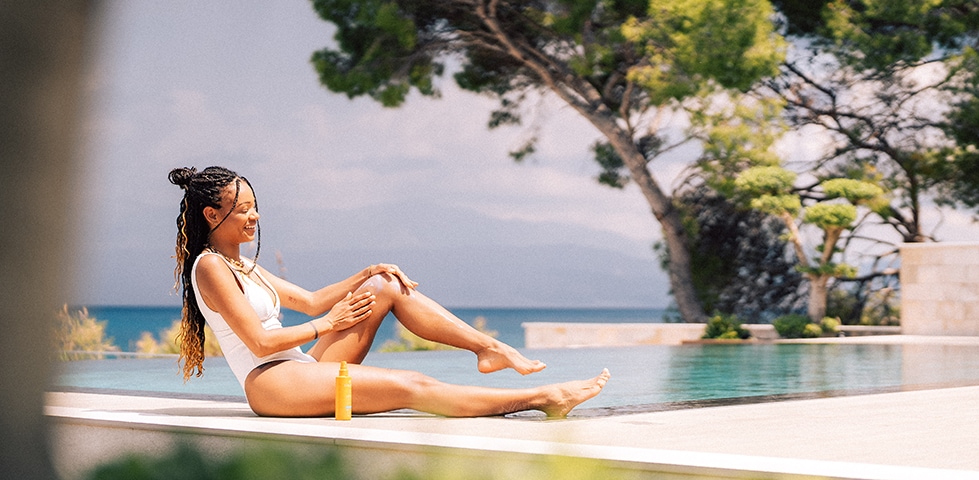
Sunscreen in water: is it necessary?
Swimming, surfing, snorkelling – when it’s hot, it’s tempting to make a splash in the water, just for fun or to enjoy water sports. But the sun is deceptive and, close to water, it is also reflected back at you, which increases the risk of sunburn. So, it is even more important to use the right sunscreen in water.
26 July 2024 • 3 min. reading time
Table of contents
Why do you need sunscreen in water?
UV rays from the sun penetrate the skin and can, along with sunburn, cause irreversible cell injury, which, at worst, can lead to skin cancer. Sunscreen is therefore the top priority when it comes to safeguarding skin health. You not only need sunscreen on land but also in the water because water does not offer any protection from the sun – to the contrary.
At a water depth of 50 cm, only around 60 percent of UV rays reach the skin, but the whole of the body is seldom permanently underwater and all of the parts of the body above the water are at greater risk. This is because water reflects UV rays and can increase their effect by up to 50 percent. Therefore, spending time in the water can quickly lead to sunburn, even if you don’t swim.
A further effect of water that makes sunscreen necessary is the fact that water softens the skin. This makes it more light-sensitive and therefore sunburn can develop faster. This also happens when you sweat, which is why you should also not dispense with sunscreen during sporting activities. In addition, don’t forget that in cool water or when there is a refreshing breeze that often blows on water, the sun is quite strong. When your skin is cool, the sun doesn’t feel so bad. Only after a few hours will you get the nasty surprise.
Which is the right sunscreen to use in water?
Sun protection in water can be achieved in various ways. A waterproof sunscreen protects the whole body from the sun – the SPF should be at least 30, whilst 50 or 50+ is even better. It’s important to be sure the sunscreen is also really waterproof because this is not the case with every sunscreen available in the shops.
Further criteria that waterproof sunscreen should meet are:
- They should be skin-friendly
- They should be broad-spectrum, offering protection from both UVA and UVB rays.
Waterproof sun cream
What is the right way to apply waterproof sunscreen?
Products with chemical UV filters should be applied 20 to 30 minutes before swimming to allow the sunscreen to develop its full effect. As far as quantity is concerned, you should apply around 3 to 4 dessert spoons of sunscreen for the skin to be adequately protected. Don’t forget to put the cream on the back of your hands and feet, the nape of the neck, the ears and the sensitive skin on the lips.
After swimming and drying off, you should reapply the sunscreen straight away, as it loses its effect in water. Even if no direct contact with water has taken place, you should reapply the sunscreen at least every two hours, as it loses its effectiveness.
How long does the protective effect of waterproof sunscreen last?
In Europe, there is a standard that governs the claim of "waterproof" for sunscreen.
- "Water-resistant" means that after two 20-minute swims, 50 percent of the given SPF of the sunscreen must still be present.
- If it says "very water-resistant" on the tube or bottle, then after four 20-minute swims, 50 percent of the SPF should remain.
- If the label says "extra long-lasting water-resistant", the cream can withstand six 20-minute swims.
Water sports have their own sunscreens, which are particularly robust for combating sweat and the sunscreen rubbing off. They are available as a spray or lotion and have a long-lasting effect against UV rays in the water as well as UV rays underwater.
How is waterproof sunscreen even possible?
Sunscreen is the best protection for exposed parts of the body, such as the face, hands and ears, in particular. There are other options for protecting the skin better from the sun in water:
- Special UV-protective clothing is particularly densely woven and thus protects the skin from harmful UV rays. It is particularly suitable if you are spending a long time in the water and you can also go swimming in it, if you wish.
- In general, the upper body can also be covered by a T-shirt while you are swimming. The thicker and softer the fabric, the better the protection from UV rays. However, as a T-shirt or even a pair of shorts doesn’t cover everything, the application of additional sunscreen is a must.
- A hat or cap protects the head and face, even whilst bathing.
- A good pair of sunglasses protects the eyes from the sun’s reflections.
To reduce UV exposure, you should avoid spending all your time in blazing sunlight and also be careful you don’t lose track of the time you are in water. Seek out the shade or use sunscreen to reduce the UV exposure from the sun’s rays.
Important: Even on a cloudy day, you should wear sunscreen, as up to 80 percent of UV rays get through the clouds.
Sunscreen
Sun protection in the water FAQ
Takeaway
It is essential to wear sunscreen in water to protect yourself from UV rays, which also reach below the surface of the water. The intensity of the sun can be underestimated, especially through the cooling effect of the water or the breeze that often blows near water. In Europe, there is a standard definition of how long sunscreen labelled "water-resistant" has to last. We recommend an SPF of at least 30 or, even better, 50. In addition, a T-shirt or clothing with UV protection can also protect you from getting sunburnt in water. Regular reapplication every two hours or after swimming and drying off is also important.


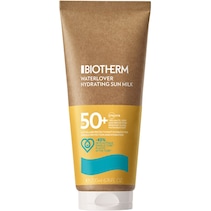



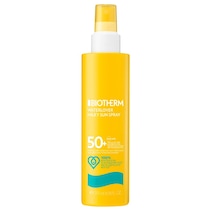
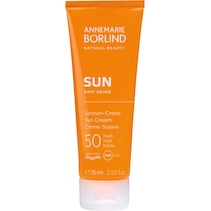
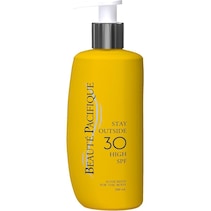
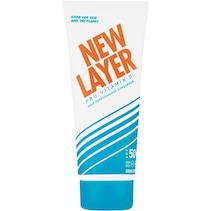
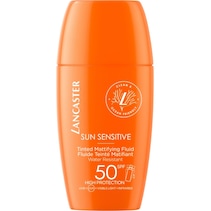
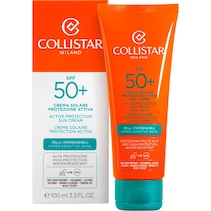
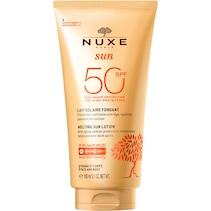
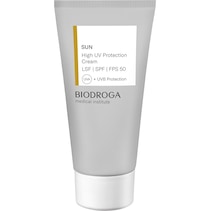
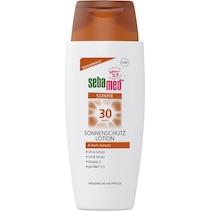
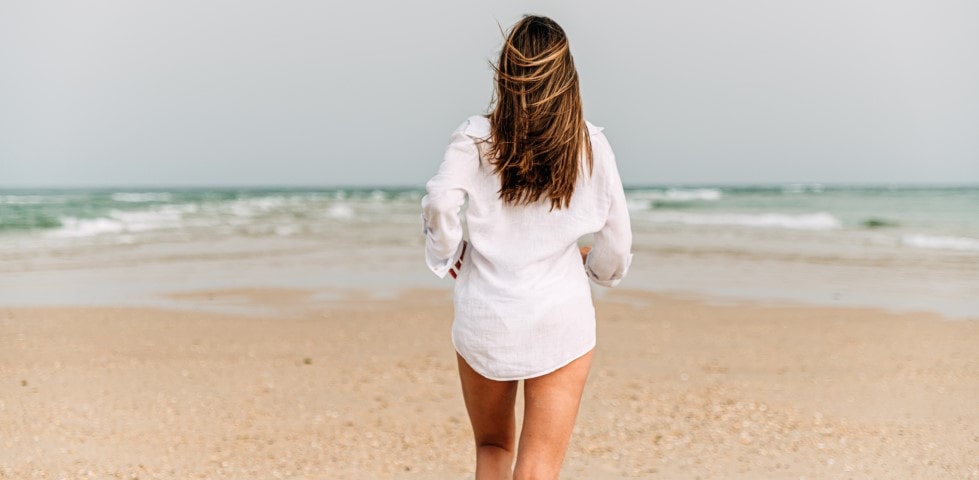
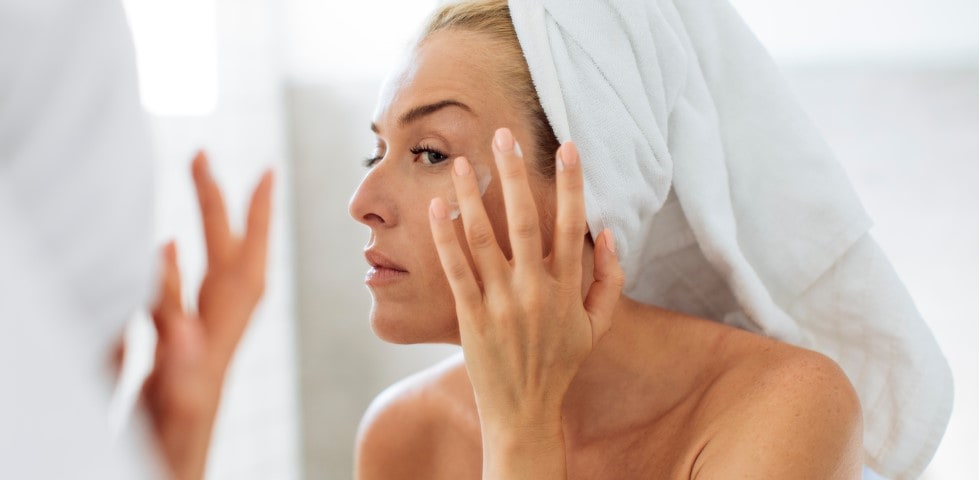





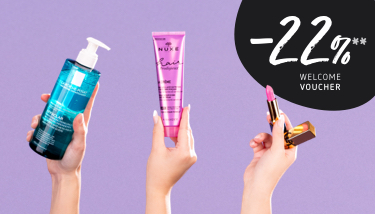






 Certified security
Certified security








